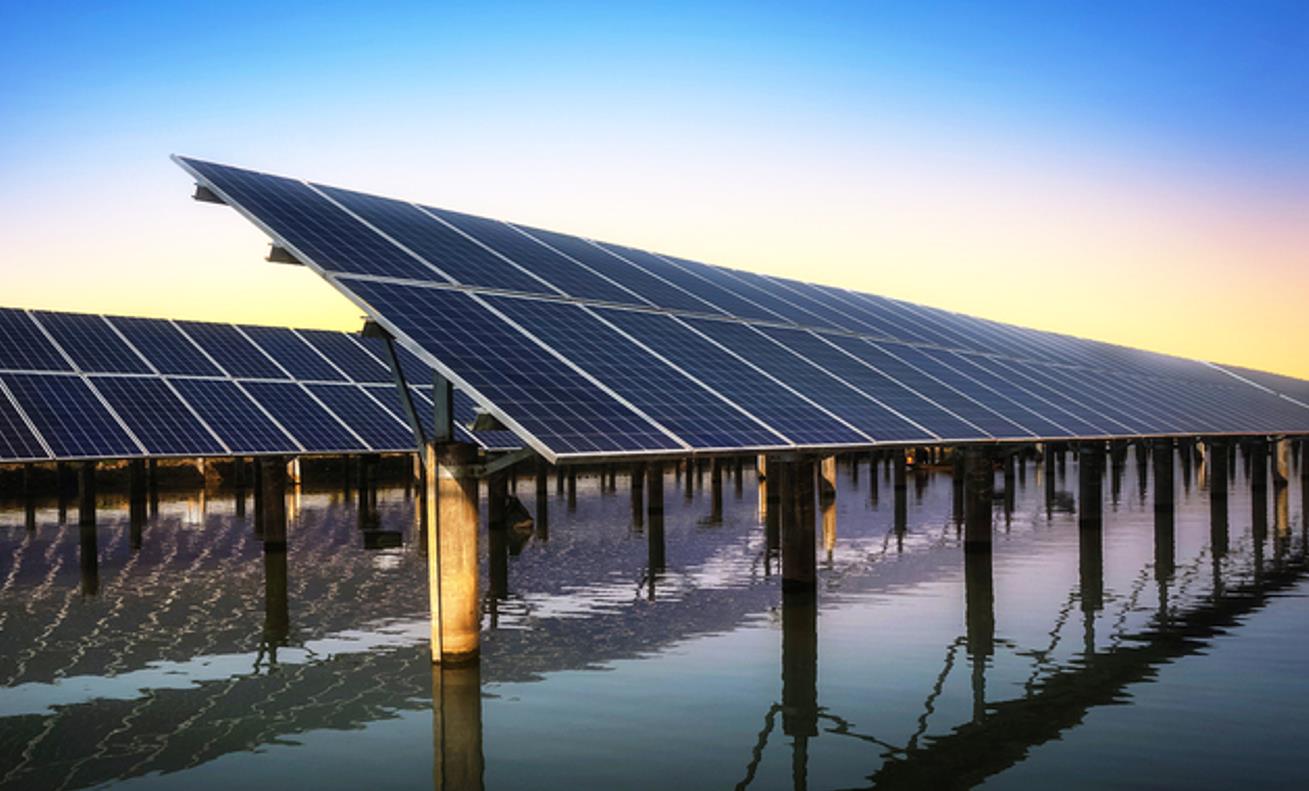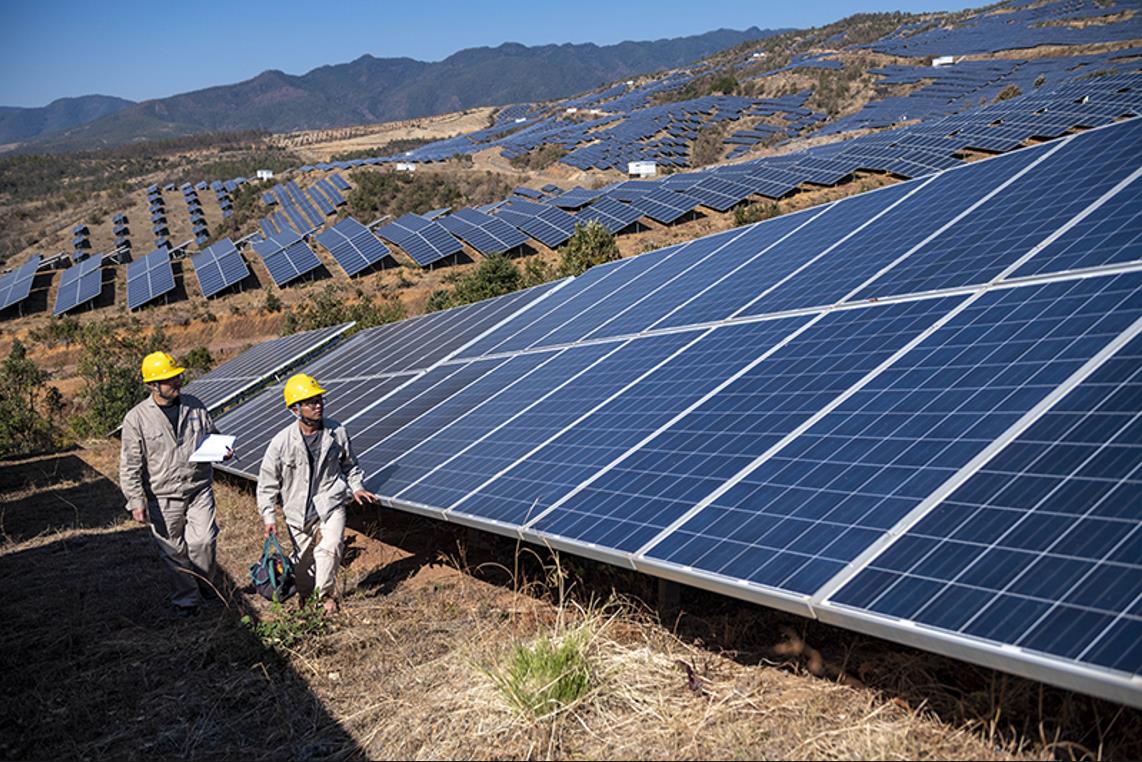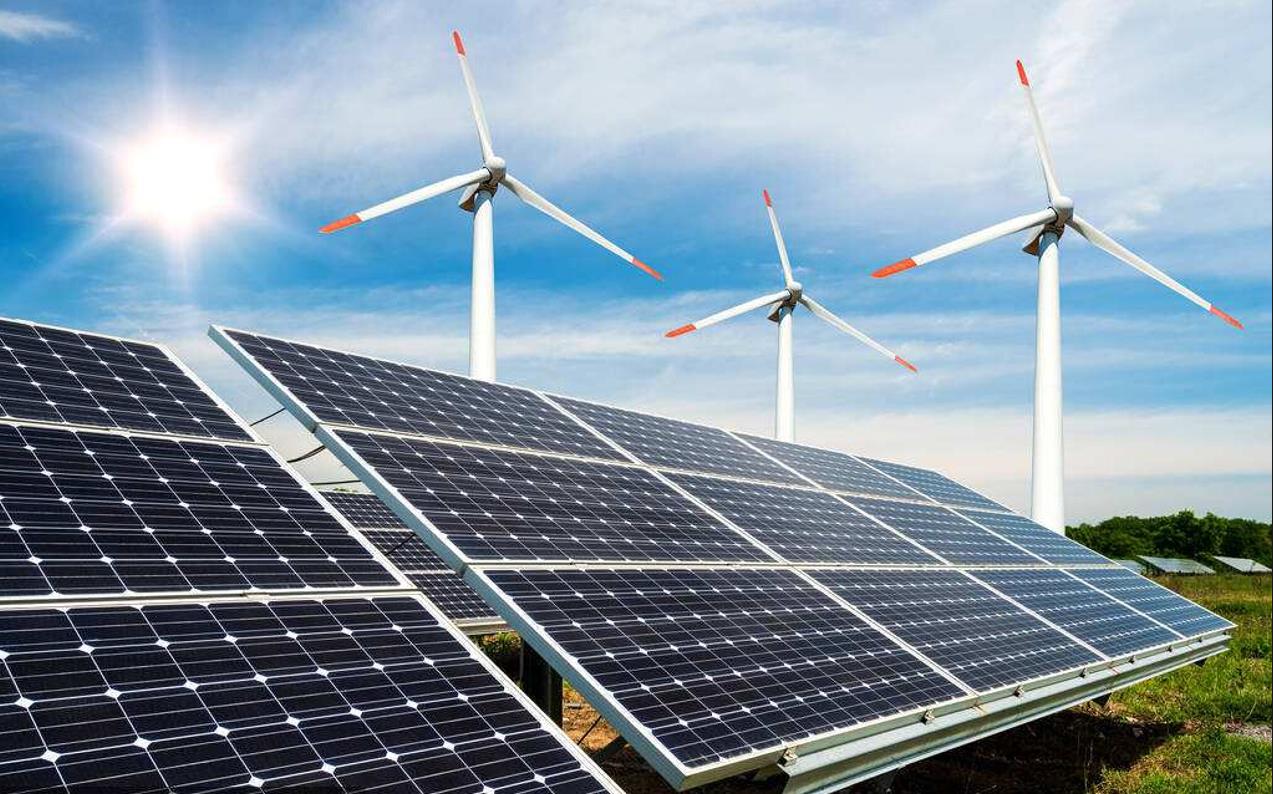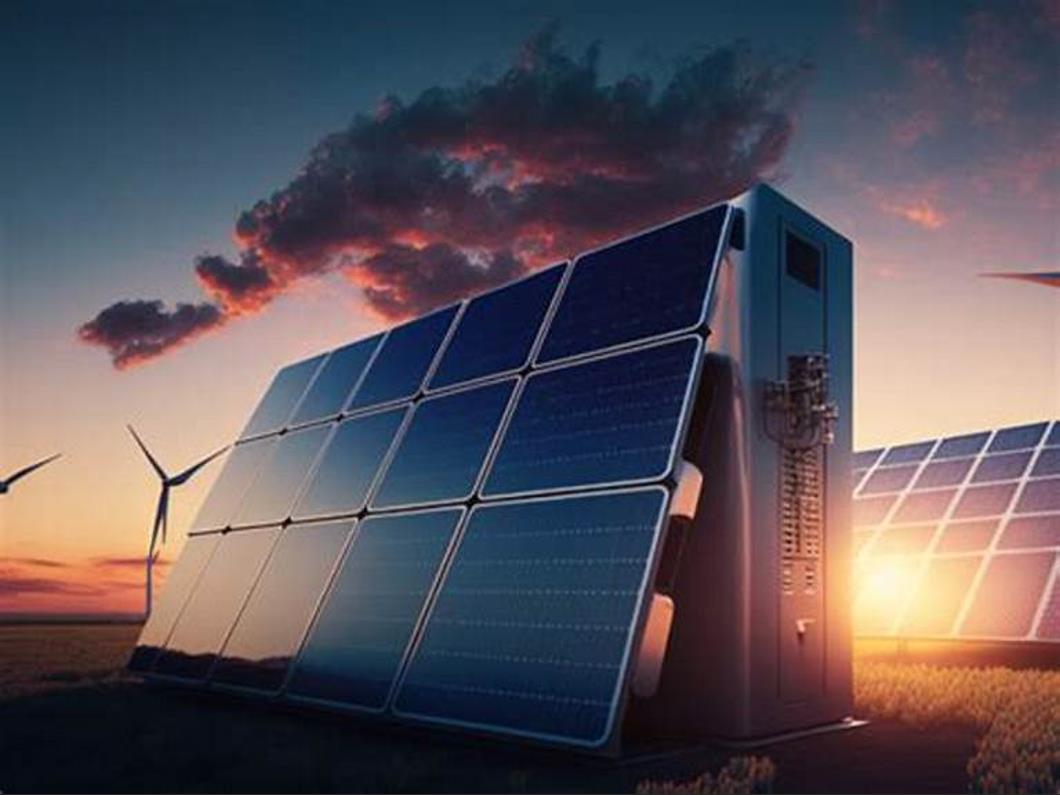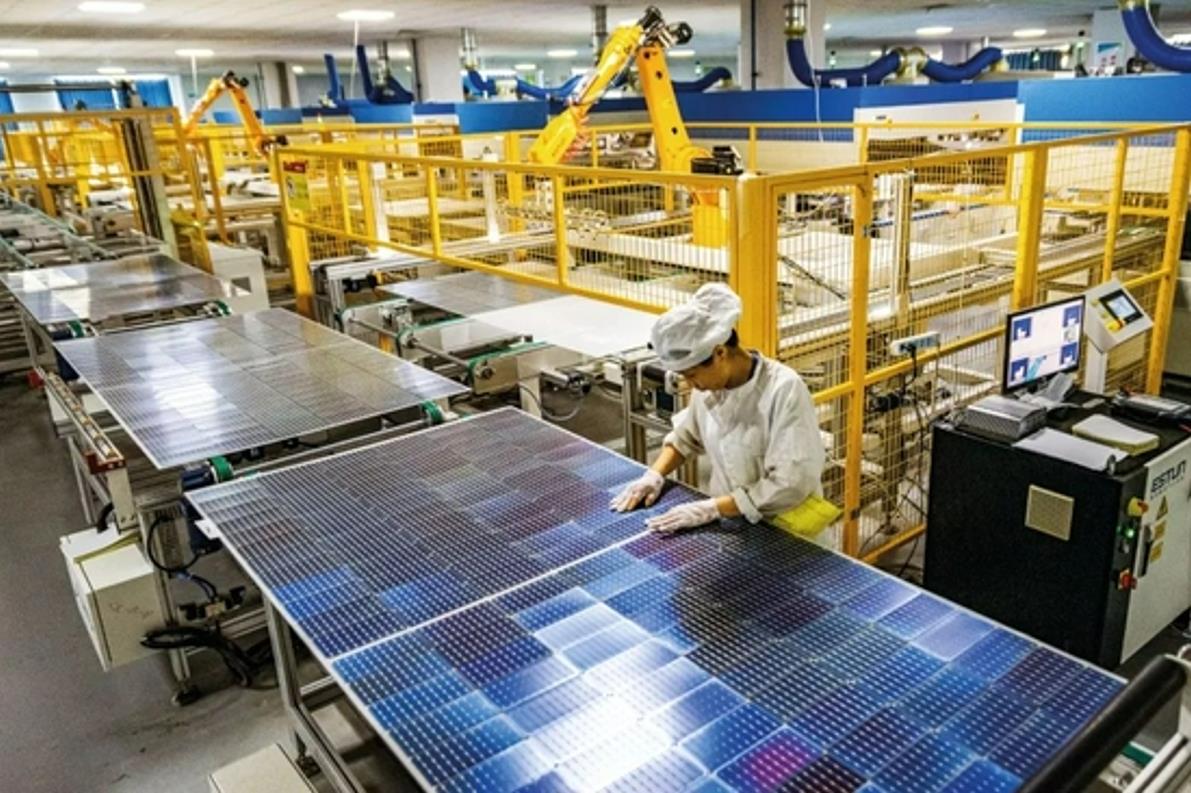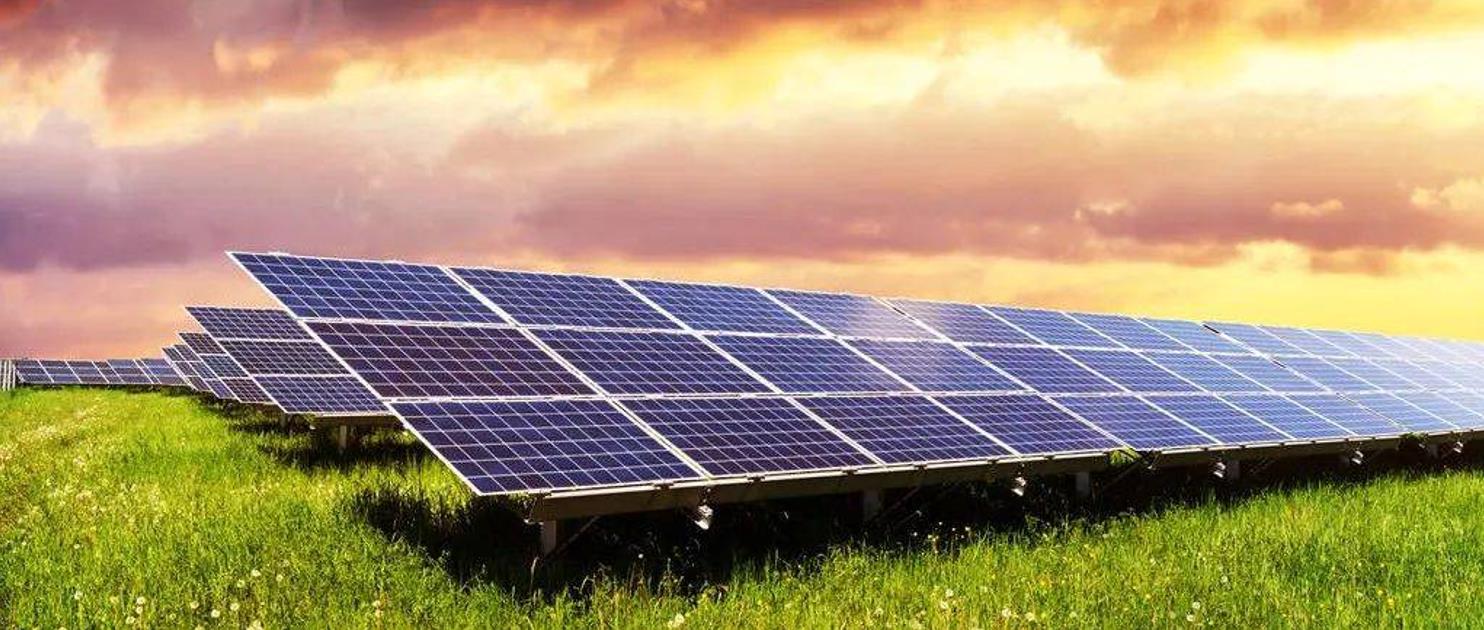China’s photovoltaic “going overseas” momentum in 2025 remains unabated, but the wind direction has changed. China’s photovoltaic going overseas has entered the 2.0 era. The “big stick” of trade sanctions from the United States has made it uneconomical for Chinese photovoltaic companies to “go overseas” via Cambodia, Malaysia, Thailand and Vietnam in Southeast Asia. Under the predicament, a new way for China’s photovoltaic production capacity to go overseas has been “forced”. A large number of companies have flocked to emerging markets and blossomed in all directions. In the Middle East, at least 8 Chinese photovoltaic companies have announced plans to build factories, and they are mainly leading companies, and the embryonic form of photovoltaic industry clusters has begun to take shape. Brazil and Mexico in Latin America and Egypt and Angola in Africa have also attracted some companies to go there. Southeast Asian countries have become the destination for auxiliary material companies to “gather” to go overseas.
According to incomplete statistics from China Energy Network, a total of 21 overseas factory construction plans were announced in 2024 (see China Energy Network’s previous article “21 overseas factories announced to be built this year! The wind direction of photovoltaic going overseas has changed”). In 2025, a large number of planned production capacities will be put into production, and China’s photovoltaic going overseas will enter the “harvest period”. Photovoltaic companies that go overseas early will reap rich rewards. According to TrendForce’s forecast, the new installed capacity of the photovoltaic market in Europe and America is expected to reach 101.5 GW and 92.8 GW in 2025. The new installed capacity of photovoltaic in the Middle East and Africa market reached 37.5GW, and the installed capacity demand was mainly contributed by Saudi Arabia, the United Arab Emirates and South Africa. However, it is worth reminding that Chinese photovoltaic companies going overseas urgently need to jump out of the thinking framework of low-price competition and reverse the situation of “internal and externalization, low prices are criticized”. The situation that the industry least wants to see is that these companies are just “rolled” overseas, rather than going international to become global giants.
In 2024, the cumulative installed capacity of wind and solar power continued to rise, achieving 510 million kilowatts of wind power and 840 million kilowatts of photovoltaic power. However, behind the sharp increase in installed capacity is the increasingly severe consumption dilemma. In particular, the difficulty of distributed photovoltaic consumption has become a lingering “heartache” for industry practitioners. On the one hand, the distributed electricity price is not optimistic. In 2024, in many provinces with high penetration rates of new energy, the noontime electricity price of photovoltaic power generation has repeatedly dropped to 0.1-0.2 yuan/kWh. Shandong and Hebei even saw extremely low prices of 5 cents or even 3 cents. In some places, there are problems of abandoning light during photovoltaic power generation, and negative electricity prices are also common. In this regard, industry insiders cried out: “If it is allowed to develop, half of the new energy will die next year.” On the other hand, distributed photovoltaic assets have suffered a “big sale”. In 2024, many large central state-owned enterprise investors stopped or suspended the investment, development and acquisition of distributed photovoltaics. A large number of photovoltaic power station assets in the hands of power generation groups and leading enterprises have either been listed for transfer or sold to local industrial capital. Distributed photovoltaic power stations have turned from being a “hot commodity” to a “hot potato”.
In 2025, further solving the problem of consumption will become the biggest expectation of distributed policies. In 2025, provinces and cities will be further encouraged and explored around the “green electricity direct supply” model, and policy details are expected to be introduced faster. On this basis, microgrids and “source-grid-load-storage” integrated projects are expected to develop in more regions. In addition, in 2025, the new energy power spot trading markets in more provinces and cities will be officially operated one after another, which will have a greater impact on distributed electricity prices. The industry calls for the adjustment of electricity price policies to be implemented as soon as possible. At the same time, in order to improve the enthusiasm for investment in new energy, the industry predicts that relevant policies to guarantee the returns of distributed investors in the form of policy subsidies may be introduced, and the problems of low and negative photovoltaic electricity prices are expected to be improved.
For us, Multifit, we need to seize this opportunity and take advantage of the continuous expansion of the photovoltaic market to introduce our photovoltaic equipment and photovoltaic cleaning equipment to our potential customers, so that they can familiarize themselves with the performance and quality of our products, and ultimately place successful orders. And actively participate in domestic and international exhibitions, for example, at this year’s 136th Canton Fair, we sent a luxurious lineup to participate in the exhibition. At this Canton Fair, we fully demonstrate our latest products to these potential customers and seize these opportunities that allow our end customers to experience our products for the first time.
Post time: May-13-2025


